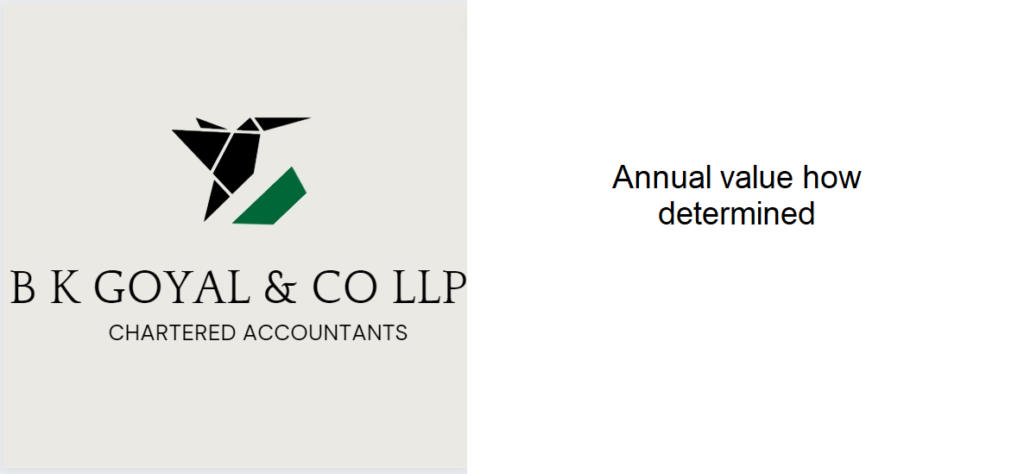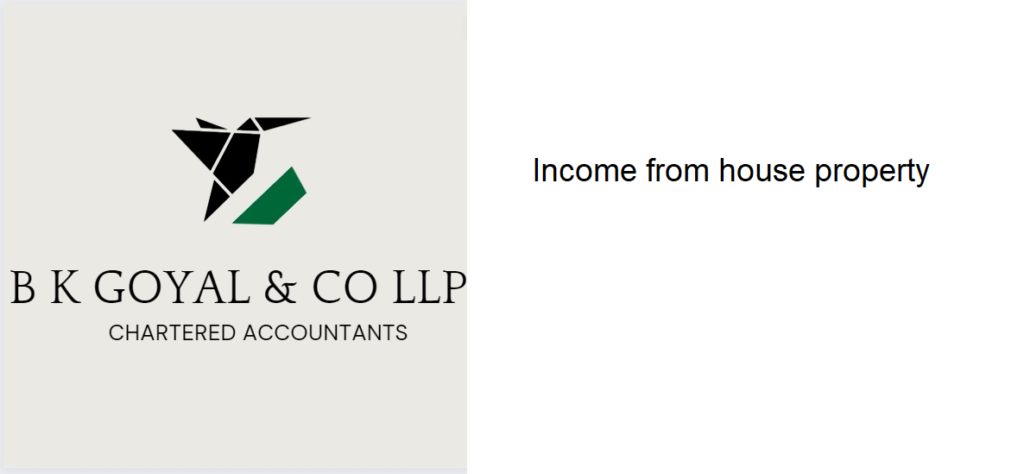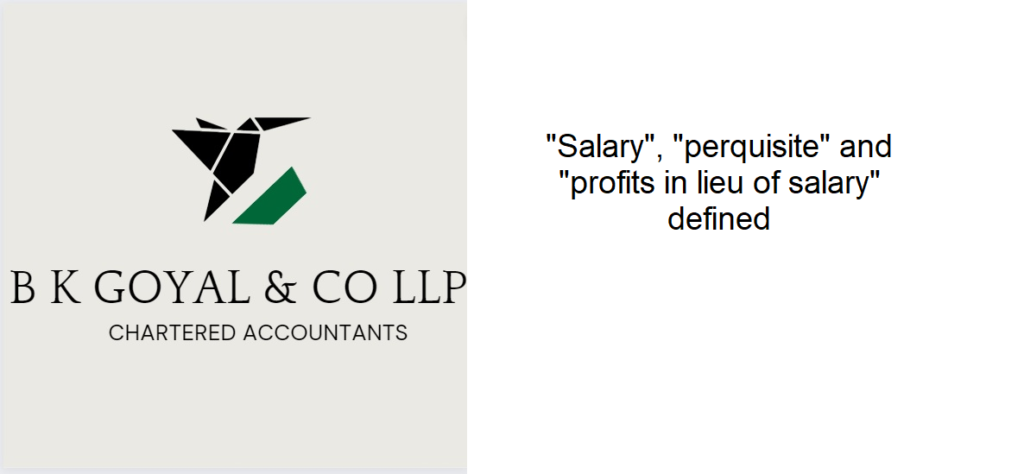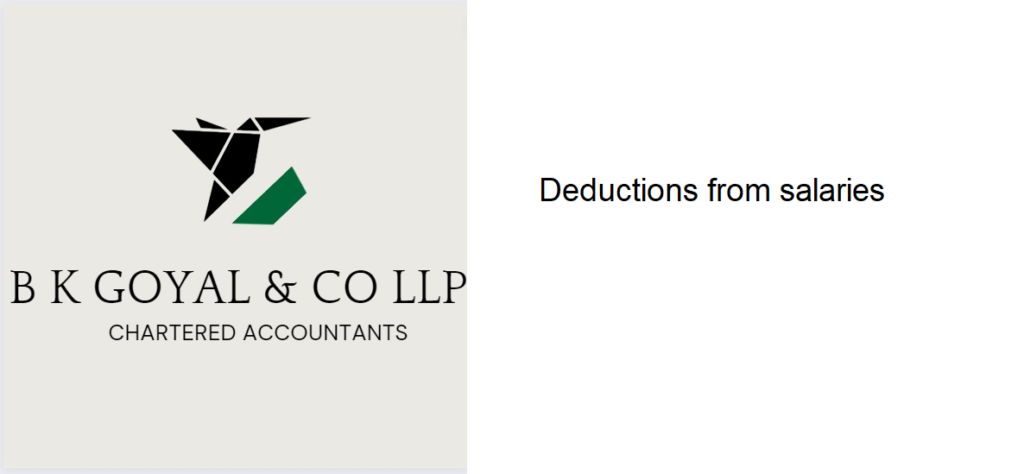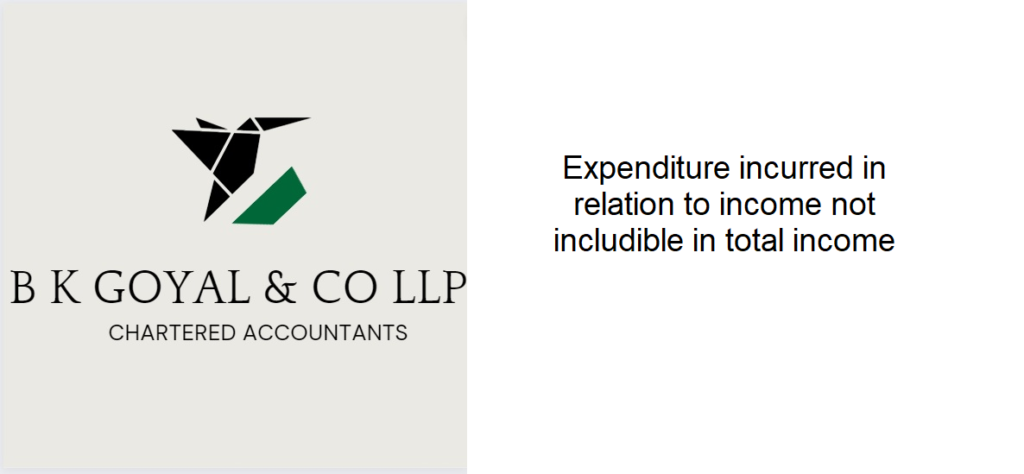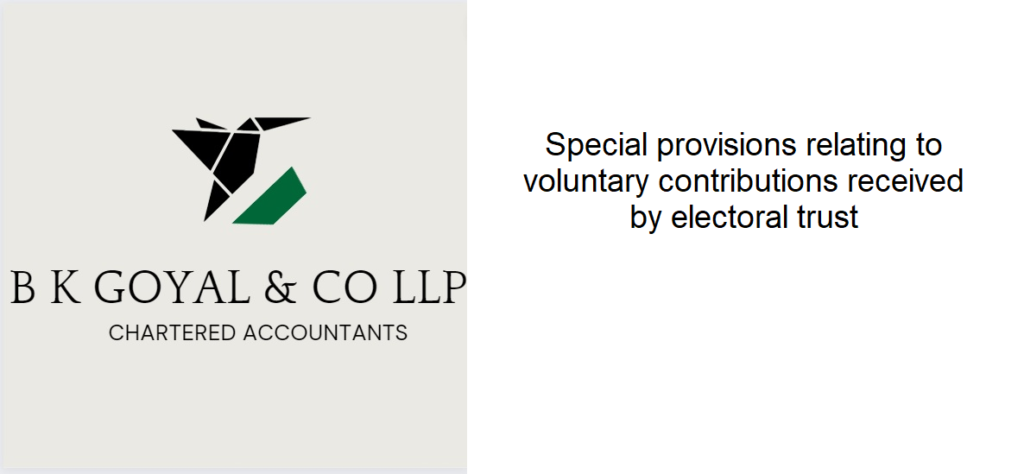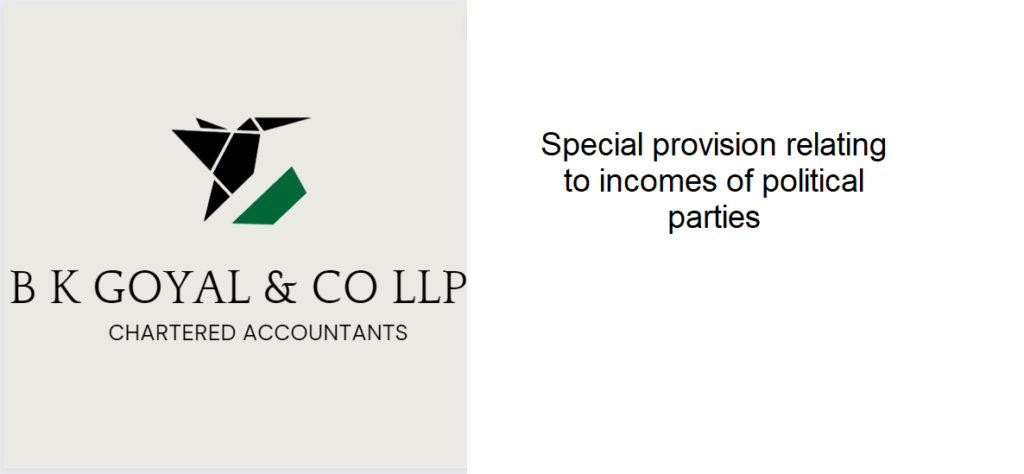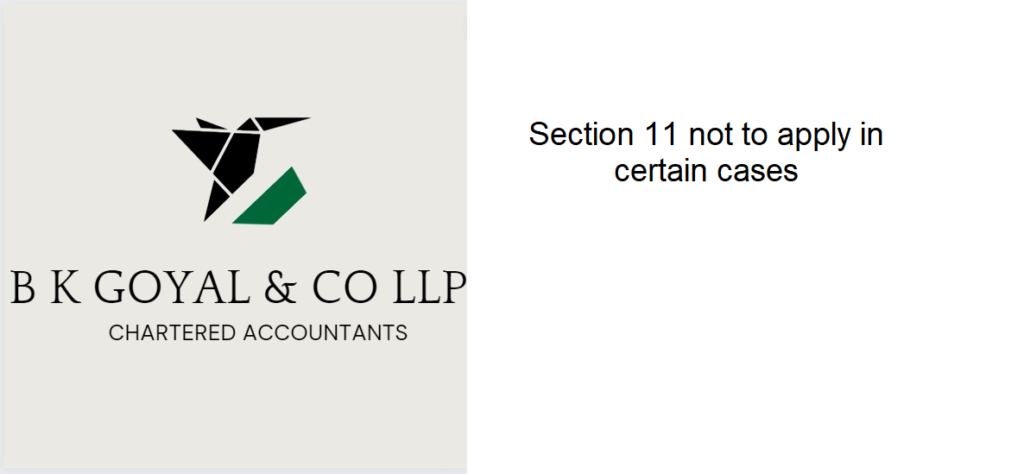Annual value how determined
Determining the annual value of a property is a crucial aspect of the Income Tax law, as it helps calculate the taxable income and tax payable on the property. The annual value is the rental income that a property owner can expect to earn in a year, as per the guidelines mentioned in Section 23 of the Income Tax Act, 1961. According to Section 23, the annual value is based on the actual rent received or expected to be received by the owner during the previous year, or the rent that the property is expected to yield, whichever is higher. If the property is leased out for the entire year, then the actual rent received is considered the annual value. In case the property is leased out for a part of the year, the anticipated rent for the remaining period is also taken into account. If the owner self-occupies the property for the entire year, the annual value is considered to be nil. However, if the property is used for business or professional purposes, the rent that the property would have fetched if it were leased out is taken as the annual value. If the property is neither leased out nor self-occupied, the deemed annual value is calculated based on the fair rental value of the property. The Municipal Corporation or the Municipal Council determines this value, taking various factors into account, such as the location of the property, its size, and amenities available. Furthermore, Section 23 allows certain deductions from the annual value, such as municipal taxes paid by the owner and a deduction of 30% of the annual value for repairs and maintenance expenses. In conclusion, understanding the provisions of Section 23 of the Income Tax Act is crucial for property owners to calculate the annual value accurately and determine the tax payable on their properties. section 23 of Income Tax Act, 1961 (1) For the purposes of section 22, the annual value of any property shall be deemed to be— (a) the sum for which the property might reasonably be expected to let from year to year; or (b) where the property or any part of the property is let and the actual rent received or receivable by the owner in respect thereof is in excess of the sum referred to in clause (a), the amount so received or receivable; or (c) where the property or any part of the property is let and was vacant during the whole or any part of the previous year and owing to such vacancy the actual rent received or receivable by the owner in respect thereof is less than the sum referred to in clause (a), the amount so received or receivable : Provided that the taxes levied by any local authority in respect of the property shall be deducted (irrespective of the previous year in which the liability to pay such taxes was incurred by the owner according to the method of accounting regularly employed by him) in determining the annual value of the property of that previous year in which such taxes are actually paid by him. Explanation.—For the purposes of clause (b) or clause (c) of this sub-section, the amount of actual rent received or receivable by the owner shall not include, subject to such rules13 as may be made in this behalf, the amount of rent which the owner cannot realise. (2) Where the property consists of a house or part of a house which— (a) is in the occupation of the owner for the purposes of his own residence; or (b) cannot actually be occupied by the owner by reason of the fact that owing to his employment, business or profession carried on at any other place, he has to reside at that other place in a building not belonging to him, the annual value of such house or part of the house shall be taken to be nil. (3) The provisions of sub-section (2) shall not apply if— (a) the house or part of the house is actually let during the whole or any part of the previous year; or (b) any other benefit therefrom is derived by the owner. (4) Where the property referred to in sub-section (2) consists of more than two houses— (a) the provisions of that sub-section shall apply only in respect of two of such houses, which the assessee may, at his option, specify in this behalf; (b) the annual value of the house or houses, other than the house or houses in respect of which the assessee has exercised an option under clause (a), shall be determined under sub-section (1) as if such house or houses had been let. (5) Where the property consisting of any building or land appurtenant thereto is held as stock-in-trade and the property or any part of the property is not let during the whole or any part of the previous year, the annual value of such property or part of the property, for the period up to two years from the end of the financial year in which the certificate of completion of construction of the property is obtained from the competent authority, shall be taken to be nil. Services of B K Goyal & Co LLP Income Tax Return Filing | Income Tax Appeal | Income Tax Notice | GST Registration | GST Return Filing | FSSAI Registration | Company Registration | Company Audit | Company Annual Compliance | Income Tax Audit | Nidhi Company Registration| LLP Registration | Accounting in India | NGO Registration | NGO Audit | ESG | BRSR | Private Security Agency | Udyam Registration | Trademark Registration | Copyright Registration | Patent Registration | Import Export Code | Forensic Accounting and Fraud Detection | Section 8 Company | Foreign Company | 80G and 12A Certificate | FCRA Registration |DGGI Cases | Scrutiny Cases | Income Escapement Cases | Search & Seizure | CIT Appeal | ITAT Appeal | Auditors | Internal Audit | Financial Audit | Process Audit | IEC
Annual value how determined Read More »
